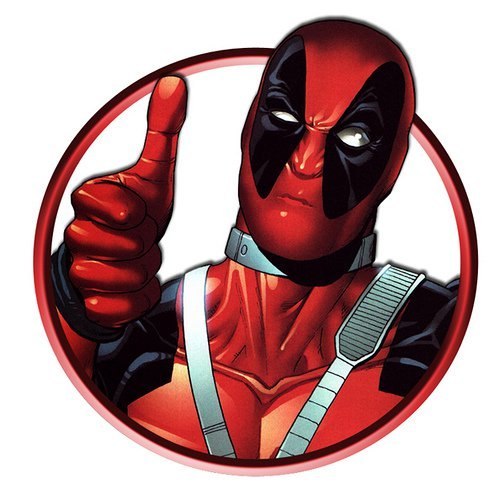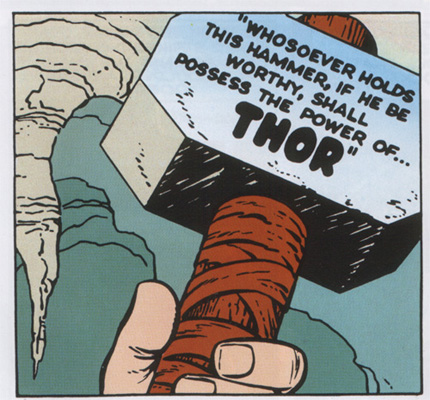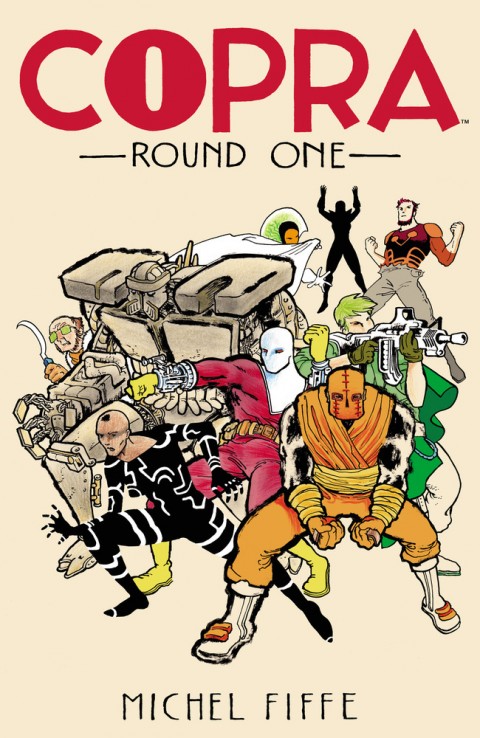Whenever I have a bit of writer’s block or simply can’t think of a topic for a column, the internet provides. Last week Rob Liefeld set Twitter abuzz with his comments about Deadpool, or more specifically about how Deadpool is a popular character despite being given to weaker creative teams:
“Testament to Deadpool’s appeal and durability is that he thrives regardless of being regulated to D-list talent,” he tweeted. “Marvel A-list never touches.”
The term A-List or D list was created to talk about movie stars. It was simply a classification and wasn’t originally intended to be an insult. Being on the A-List has to do with popularity, infamy, but more importantly current bankability. It is actually part of a larger hot-list that Hollywood uses. One’s place on the list may or may not have to do with talent. However, the D-List has become a pejorative talking about established stars that are still obscure. Using the A-List and D-List terminology doesn’t really work for comic books. Frank Miller will always be an “A-List” comic creator because of his body of work, but based solely on his recent work he wouldn’t be considered A-List (Holy Terror wasn’t popular enough). Similarly, there are many very talented artists and writers who haven’t received mainstream notoriety.
Liefeld later apologized and clarified his statements saying that he meant to illustrate that Marvel tends to use new or unproven creative teams on Deadpool, and despite this the title sells well, such is the strength of the character he created.
The original comment was foolish and self-congratulatory, but if we set that aside is Deadpool only given to up-and-coming creative teams? Is this a book that new artists and writers can cut their teeth on? Let’s take a look at past series.
The 1993 mini-series was written by Fabian Nicieza and drawn by Joe Madureira; the latter was an up-and-coming artist but Nicieza was a well established writer. The next mini-series saw Mark Waid and Ian Churchill take the reigns. Waid has already done a run on Flash by this point but Churchill was relativity new (Scottie say: both collected as Deadpool Classic Vol 1). In 1997 Deadpool got his own regular series with the creative team of Joe Kelly and Ed McGuinness. Again both were relatively new. Christopher Priest (who had a long list of writing credits) took over from Joe Kelly.
I should mention that it was arguably Kelly, McGuiness, and Priest who turned Deadpool into the character now known and loved. If one were to read New Mutants #98 and then the current series I believe you would notice more than a few differences.
Others to work on the character were Gail Simone, Daniel Way, Fred Van Vente, Rick Remender, David Lapham, and Kyle Baker. These are not a group of D-List creators. In addition, the recent chimichanga announcement shows that Tony Moore will take over art duties.
So there is a large mix. It is true that Deadpool has seen a fair number of new artists and writers, but is this a conscious decision by Marvel? Are the powers at be saying Deadpool will sell well no matter who is on the book? Therefore they don’t put established people on the character? It is more likely that certain books and characters lend themselves well to developing new talent. Deadpool has a relatively simple costume, a small supporting cast, can find himself in a variety of situations, and relies on physical comedy and visual gags to demonstrate humour. There is a lot of potential to see what a new artist or writer would do with the character and story.
Liefeld did help create a new, interesting, and popular character in the Marvel Universe. But those who have come after him have refined the character and arguably, any popularity must be attributed to them as well. Liefeld has apologized for his comments but I can’t help but notice the similarity between these comments and those made by J. Michael Straczynski regarding Amazing Spider-Man sales. These comments weren’t made to intentionally put someone else down, but to show how great they (Liefeld and JMS) were. Putting someone else down was just a nice side-effect which seems to illustrate to the world their personalities.






More Liefeld bitterness since the characters he created always have to be re-imagined by more creative people to become popular. Just goes to show he still thinks that creating a costume is the same as creating a popular character.
Chico, are you sure the recent “40 Worst Rob Liefeld Drawings” article didn’t also have a part in inspiring you to write this?
To truly understand Deadpool’s (and therefore Rob Liefeld’s) surpassing awesomeness, you have to analyse each component of his costume. (I focus on the costume since RL is primarily a premier, A-list artist — of course, that is not to dismiss his Shakespearean writing talents. Or is it Miltonian? Homeric? No matter. Any of the Bards would be honoured to be counted alongside the creator of Youngblood. He accomplishes in just 100 words what took each of them tens of thousands). Anyhow, onto the costume…
First of all, his mask: Spider-Man-like eyes, but even bigger, because RL doesn’t waste his time drawing small stuff. Except heads, feet, and female waists and rib-cages, but never mind. (Anyone who knows anything about anatomy and proportion knows those bodyparts are unimportant. As long as the character has massive guns, deltoids, or breasts, it’s all good. In fact my high school art teacher Mrs. Martelli said that more than once. But I think she was actually paraphrasing a famous quotation by Caravaggio).
Next, the body of the costume: think “Punisher”, but without the skull and with more guns and swords, many of them attached right to the costume. (Most people can only carry two weapons in their hands, and obviously great characters should carry at least five weapons at any one time). Also, red instead of black, because Deadpool’s many victims’ fresh blood looks very red. The thirty of forty pockets and pouches on Deadpool’s costume contain weapons that are too awesome to be visualized.
Before you object that the Punisher’s skull makes his costume a little more intimidating than Deadpool’s, I must point out that there actually IS a skull on Deadpool’s costume, but of course it is much larger than the Punisher’s, and Deadpool’s skull is completely obscured by blood. And by his pecs.
Lastly, the character name. (Aside from the art, this is the only part of creating a character that matters, because characters with small heads shouldn’t talk too much. Dialogue just clutters up the page, leaving less space to draw quads, pecs, and guns). He has “dead” right in his name, so he is automatically incredible and fearsome. “Pool” naturally hints at a huge pool of blood, like the costume. (Connoisseurs of tiny-headed quadzilla men will have noticed the same motif in RL’s first Image creation, “YoungBLOOD”). This massive pool of victims’ blood also serves to hide the characters’ boring, unimportant feet — artistically convenient because it leaves more time for RL to draw another knife or gun in each panel. Or is it artistic genius?